Learning new things is never easy—especially when you're surrounded by seasoned pros folding their body like pretzels. Beyond navigating the yoga postures, there's also a host of quirks most newbies don't know about before starting yoga.
Below are a few things to expect when you start your practice.
1. You will constantly scan the room for other students to follow.
1 of 9
During the more athletic and sequenced yoga classes, there isn't always time to ask questions or speak with the teacher about modifications. This means that you will end up choosing one or two students to watch and emulate.
When you're new, this is a great way to learn the flow, see how others modify poses and stay connected to the practice.
Find:
Fitness Classes Near You2. You will be one beat behind everyone else.
2 of 9
When you step onto your mat for the first time, you are taking a class in which the movements, vernacular and pace of the yoga flow are all new. This means you will probably end up watching others (hence the previous point) and always be a pose or two behind the flow.
This is normal for new students and expected by the teacher. Try your best and do what you can. With time, the rest will come.
Find:
Fitness Classes Near You3. The mat might be more distracting than anything else.
3 of 9
For new students, the mat can be the biggest distraction during the yoga class. The combination of your sweat, the slickness of the mat and flowing from pose to pose can lead to bunched corners and annoying folds. You might feel as though you're constantly repositioning your mat and losing your concentration. That is to be expected.
Over time, as you begin to understand how to transition from pose to pose, your annoying mat will suddenly sit still and become a non-issue.
Find:
Fitness Classes Near You4. You will feel like every pose requires a certain level of flexibility that you don't have.
4 of 9
This can be the hardest part of the practice for any newbie. Know this now: The class will be more challenging than you expect. Many of the poses will require an amount of flexibility that you will have to work toward.
Most of us don't come to yoga with the flexibility, balance, stability and stamina that will make the class feel simple and easy. You have to build those over time. Remember why you are there—to improve, not to win the yoga practice.
Find:
Fitness Classes Near You5. What you wear to class matters, but not in the way you think.
5 of 9
When you walk into your first class, you will notice a wide variety of outfits. Some people prefer tight yoga pants and tops to reduce the possibility of bunched clothing while in poses like Downward Facing Dog or Headstand. Others prefer loose clothing that is freer and less form-fitting.
There is no right or wrong way to dress for a yoga class. Come prepared to sweat in an outfit that feels good, lets you move freely and doesn't distract you.
Find:
Fitness Classes Near You6. Yoga is mostly a silent practice.
6 of 9
Before I explain this further, understand that the expectation of quiet during the class varies from teacher to teacher and studio to studio. Some classes that offer fast-paced sequencing usually don't have much time for questions. Other classes that are set up more like workshops offer more time for dialogue between the students and the teacher.
Depending on your needs as a newbie, make sure you understand the type of class you're attending so that you can get the most out of your time.
Find:
Fitness Classes Near You7. You always have the option of saying no to an adjustment.
7 of 9
Pose adjustments and alignment corrections should be part of the teacher's instructions during the class. When you are new, receiving a hands-on adjustment in a pose can feel uncomfortable and intimidating. But you always have the option of opting out, and you should let the teacher know if that is your preference.
Alignment corrections, however, should be welcomed, as they make sure you are executing the pose properly. This is especially critical for athletes.
Find:
Fitness Classes Near You8. Rest is always welcomed.
8 of 9
There will be a moment during the practice where you think, I want to rest. Do it. Rest is always welcomed during the practice, and it helps you regain control over your breath and your mind. Remember, you're not there to win the class, you're there to help improve your life through the practice of yoga.
Take the class as a learning experience and do what you can, but rest when you need it.
Find:
Fitness Classes Near YouAbout the Author

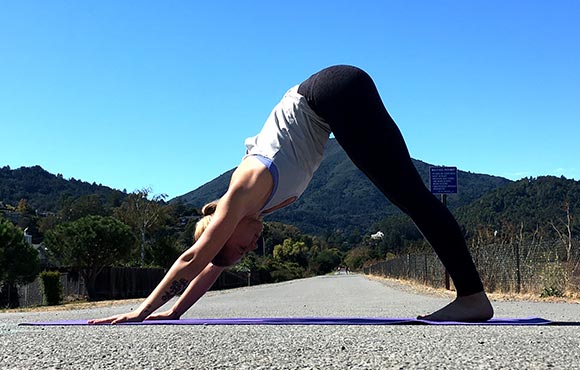
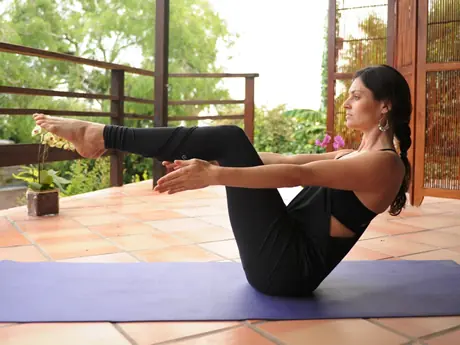
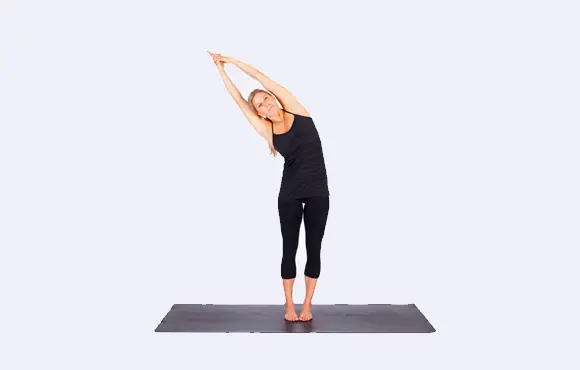
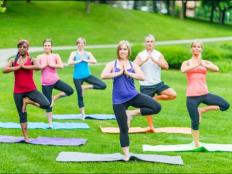
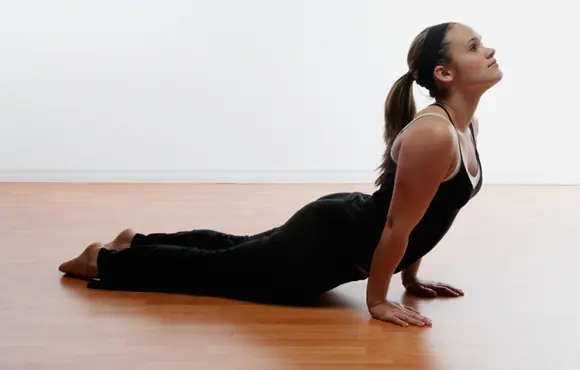
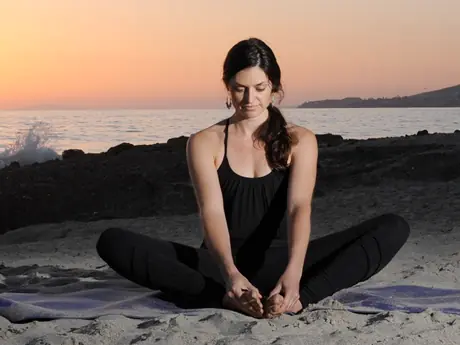
Discuss This Article